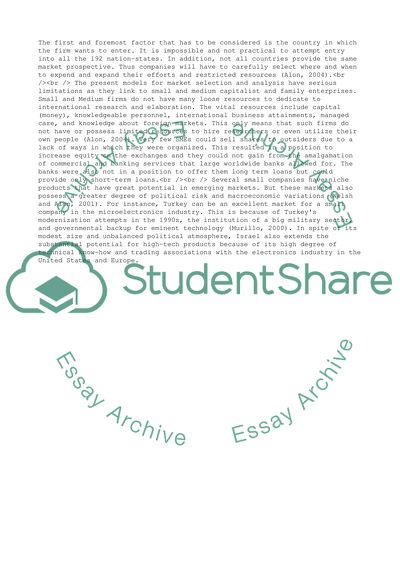Cite this document
(Current Development in Exports Term Paper Example | Topics and Well Written Essays - 2642 words - 3, n.d.)
Current Development in Exports Term Paper Example | Topics and Well Written Essays - 2642 words - 3. Retrieved from https://studentshare.org/business/1736091-international-marketing
Current Development in Exports Term Paper Example | Topics and Well Written Essays - 2642 words - 3. Retrieved from https://studentshare.org/business/1736091-international-marketing
(Current Development in Exports Term Paper Example | Topics and Well Written Essays - 2642 Words - 3)
Current Development in Exports Term Paper Example | Topics and Well Written Essays - 2642 Words - 3. https://studentshare.org/business/1736091-international-marketing.
Current Development in Exports Term Paper Example | Topics and Well Written Essays - 2642 Words - 3. https://studentshare.org/business/1736091-international-marketing.
“Current Development in Exports Term Paper Example | Topics and Well Written Essays - 2642 Words - 3”. https://studentshare.org/business/1736091-international-marketing.


